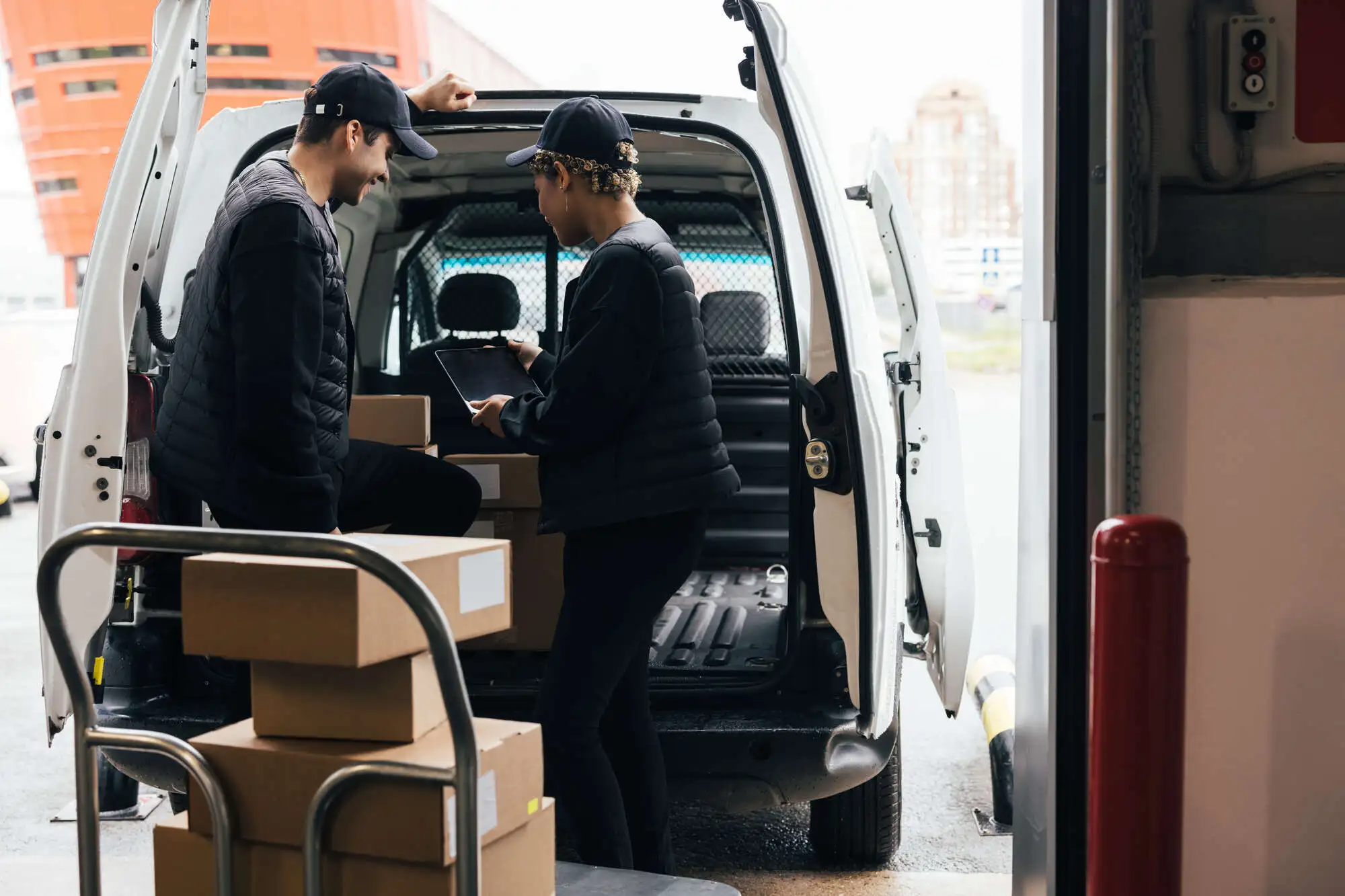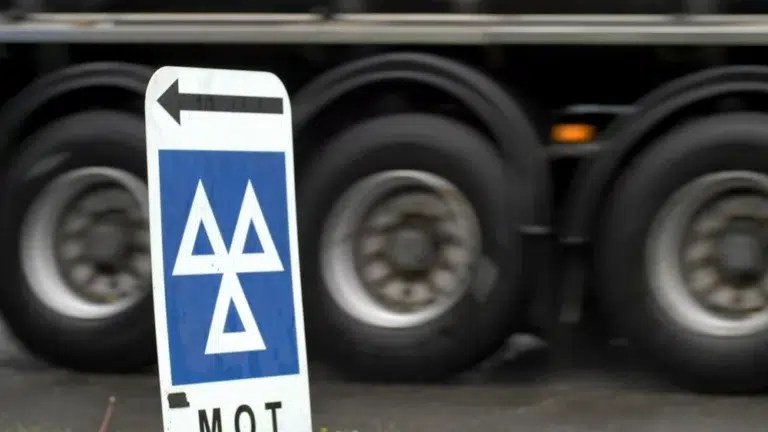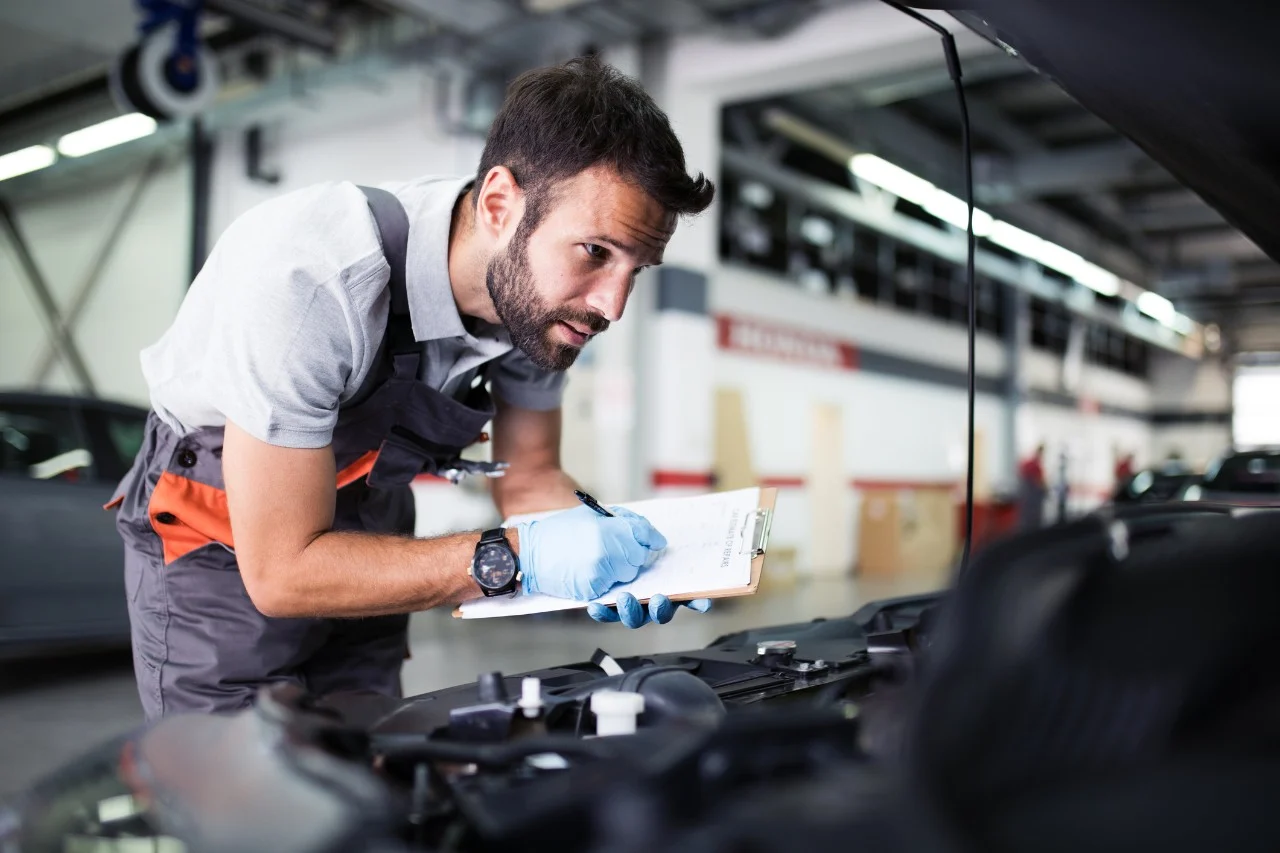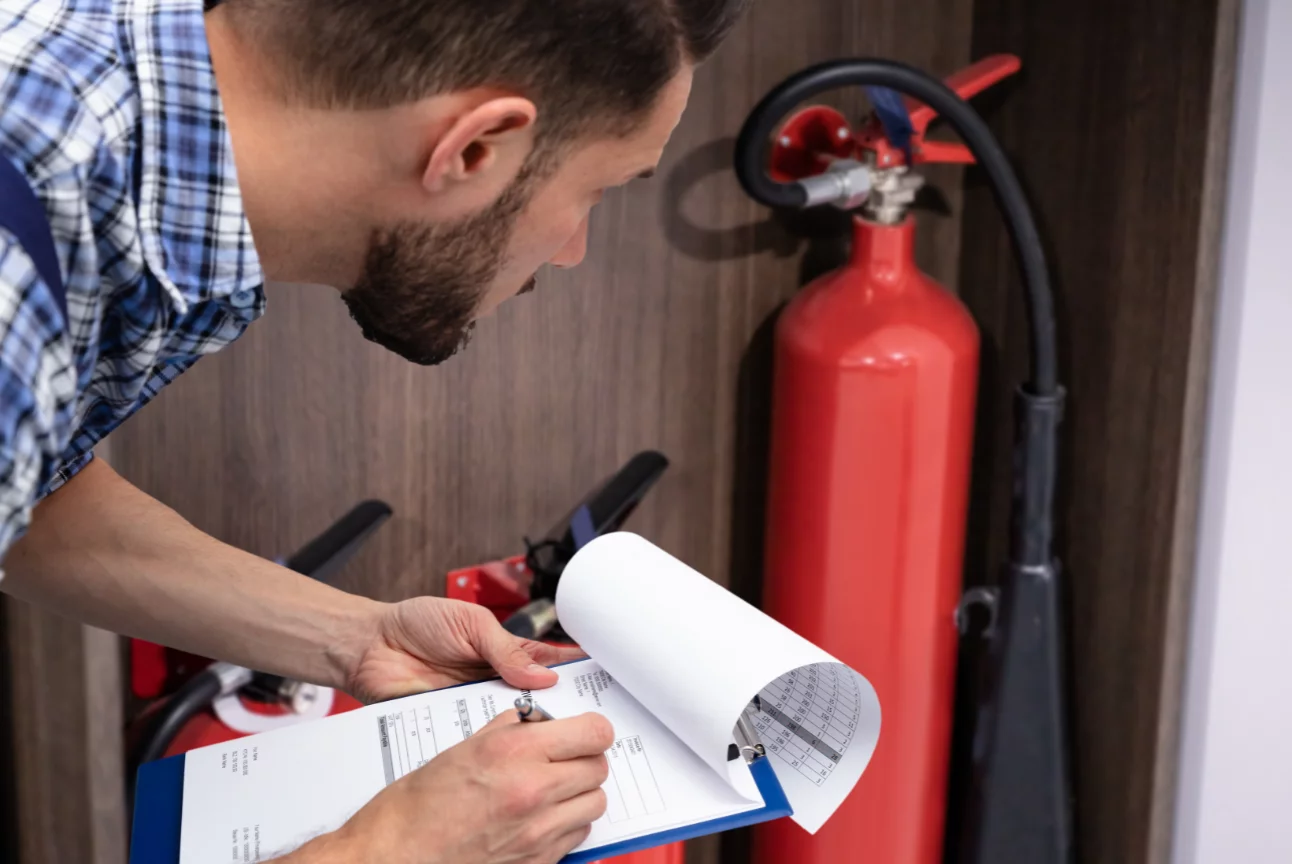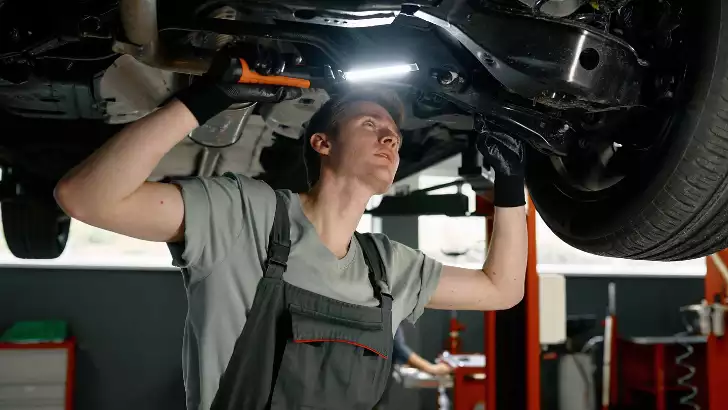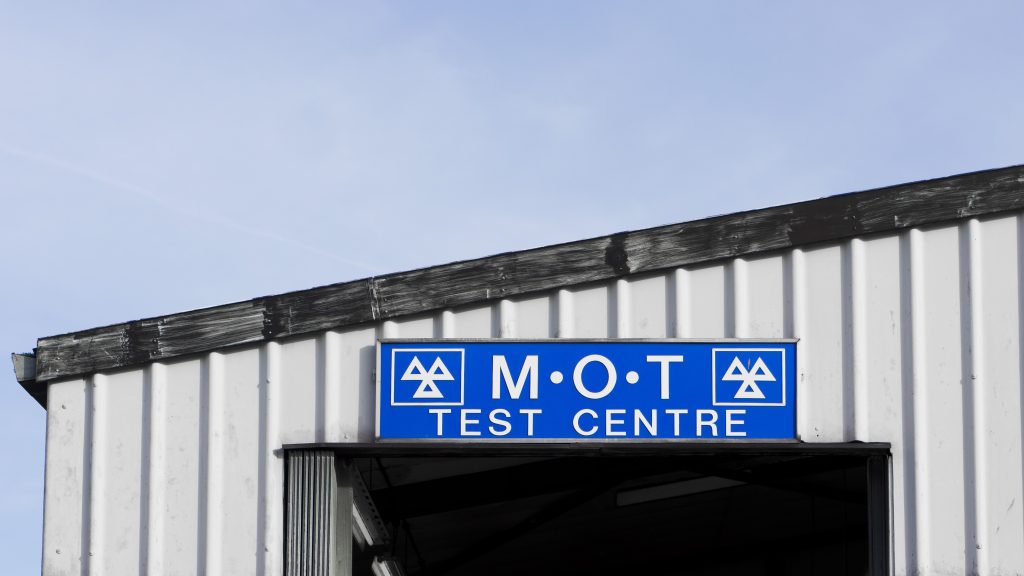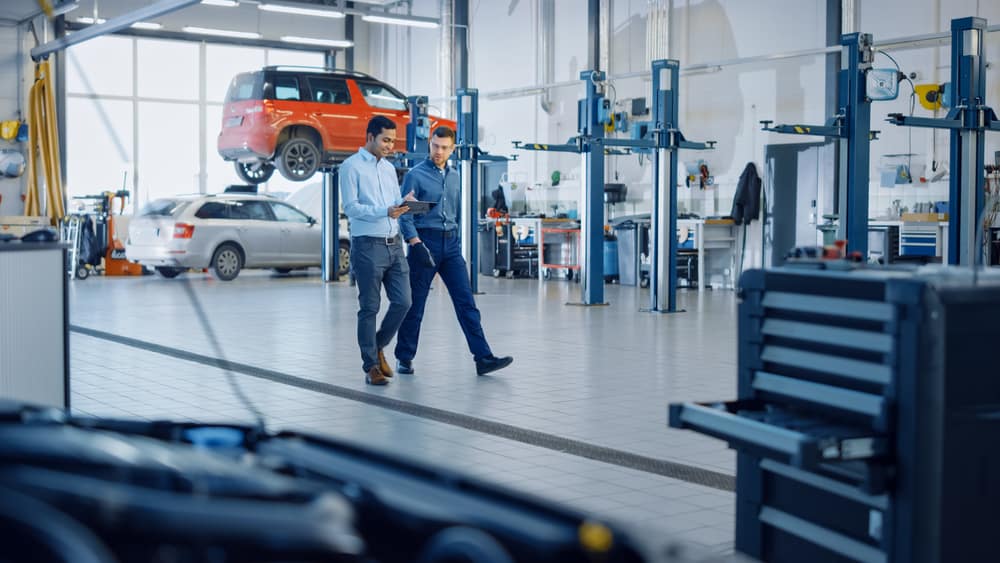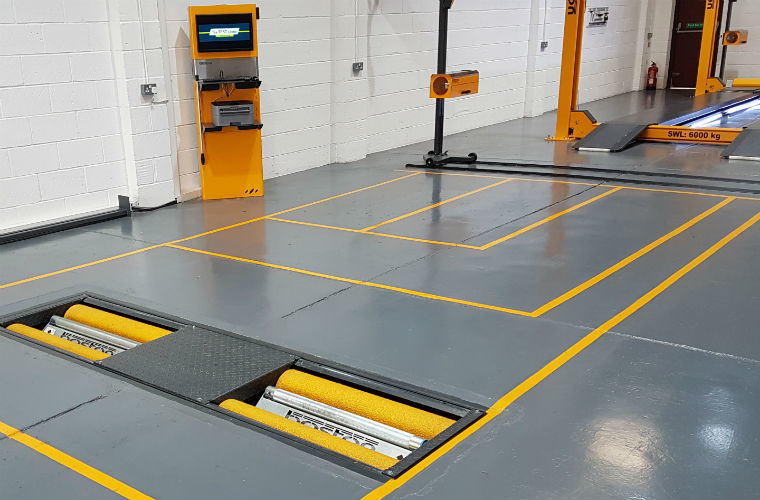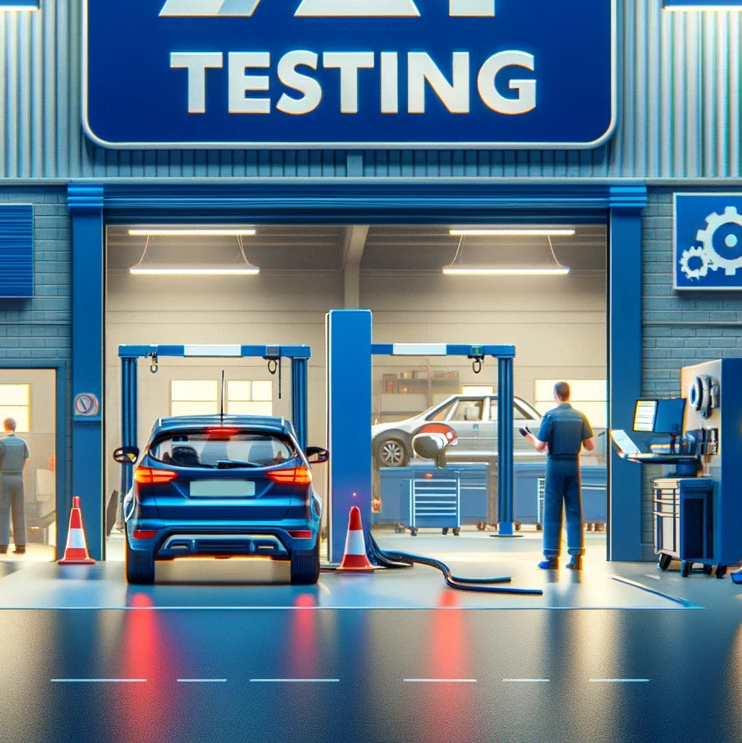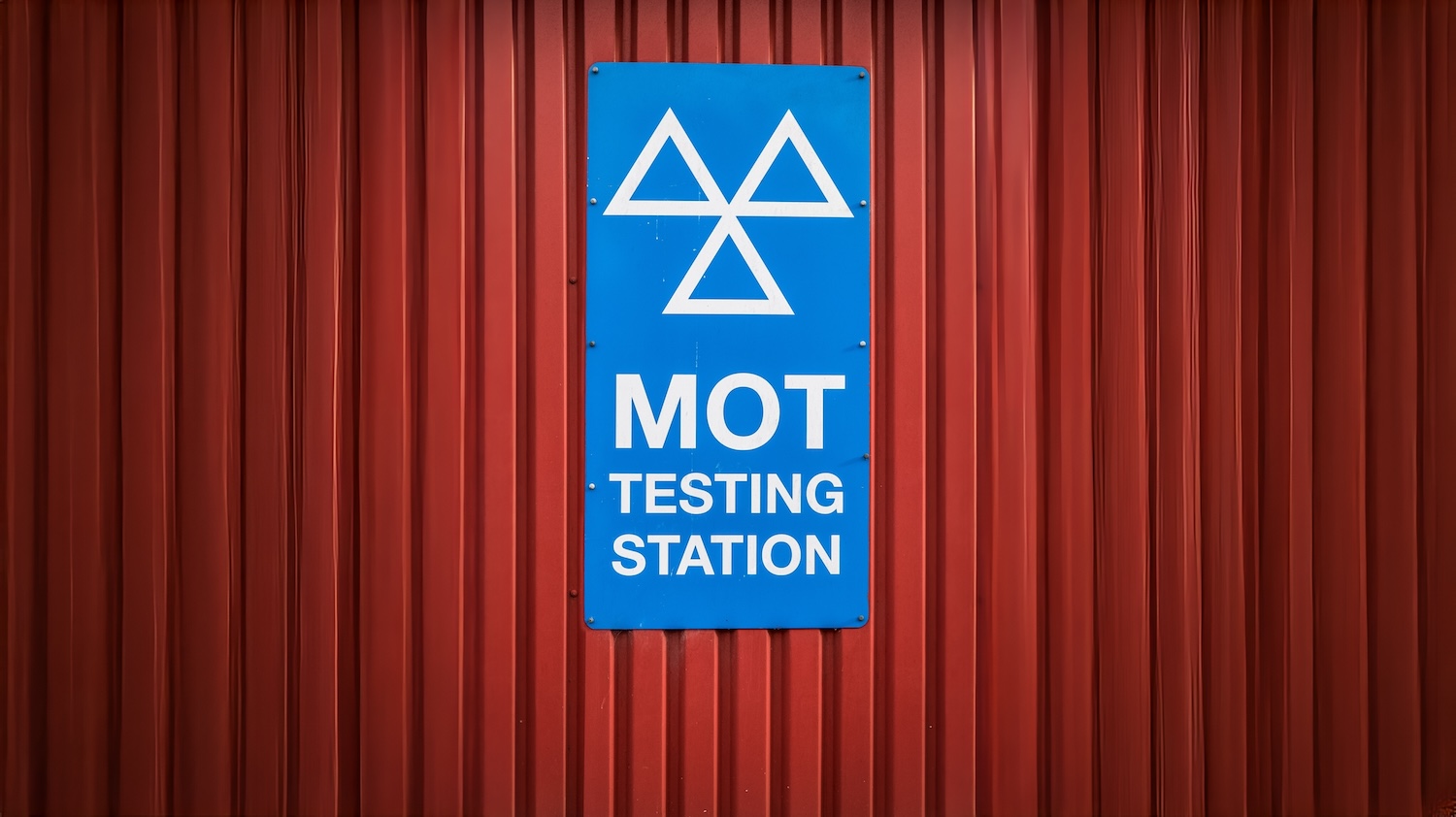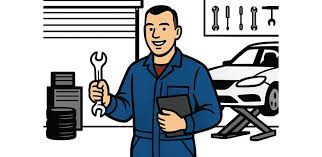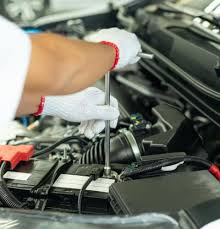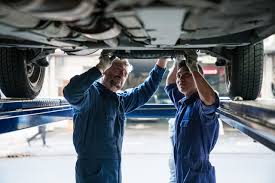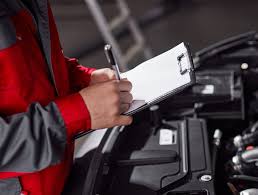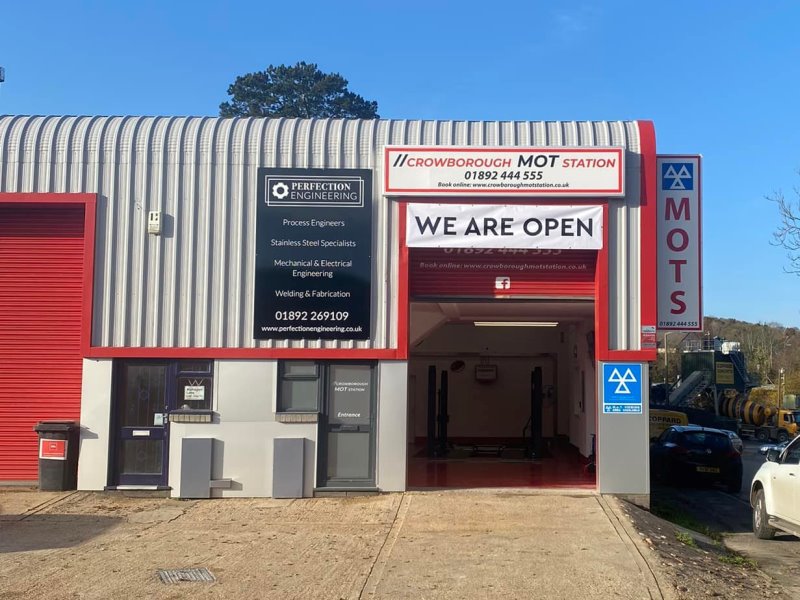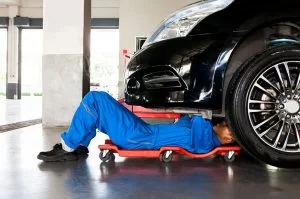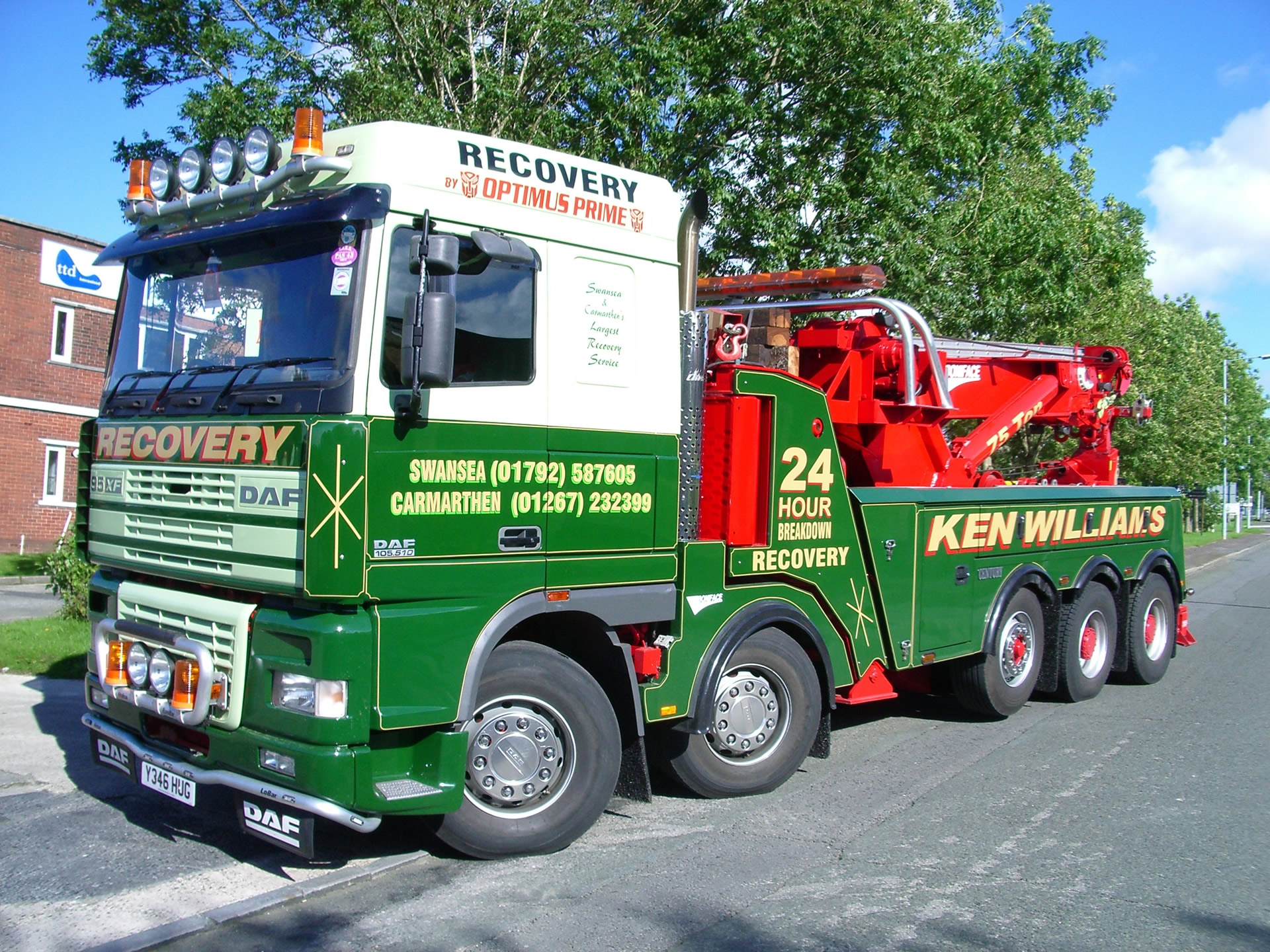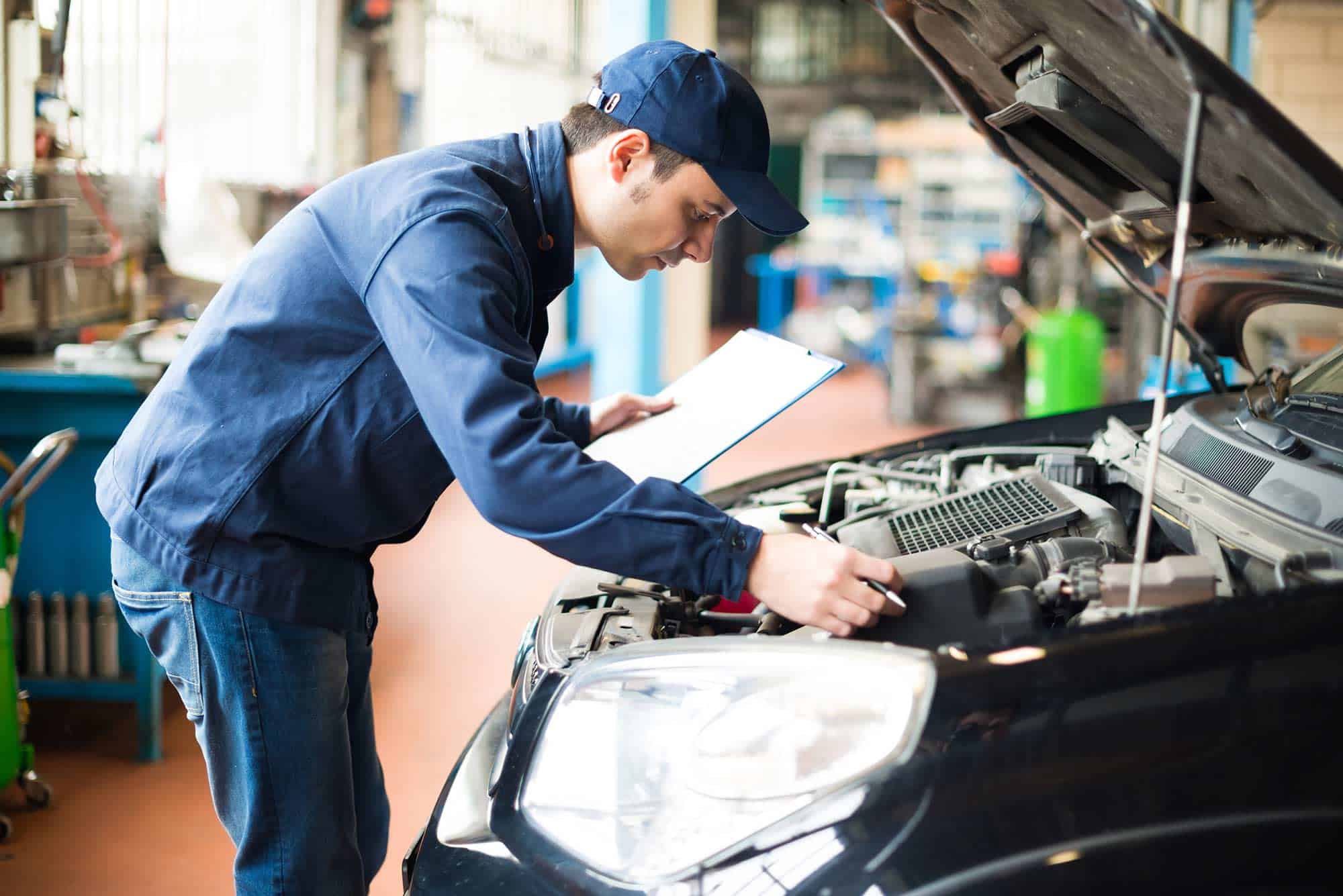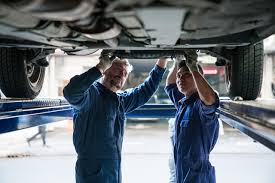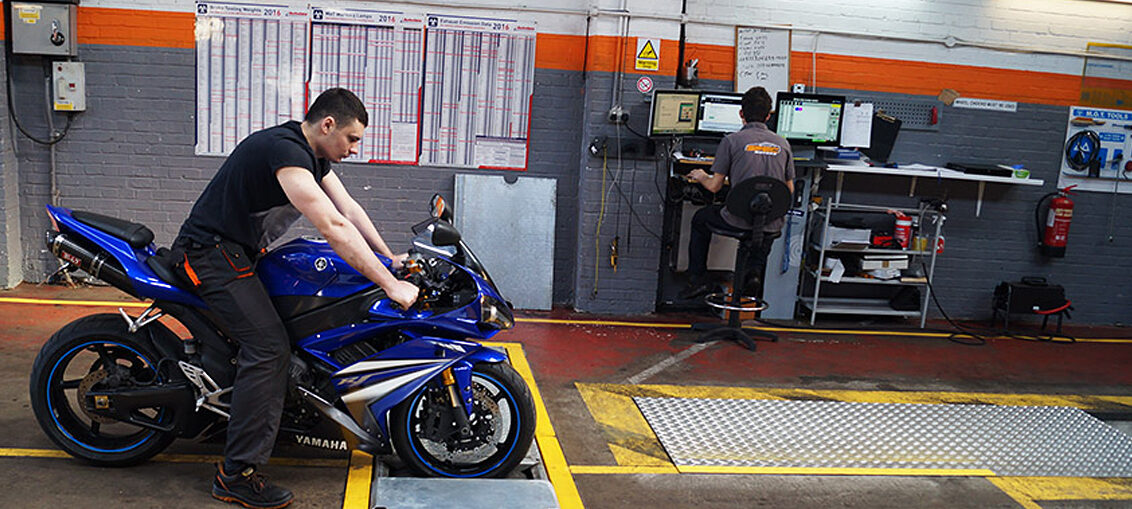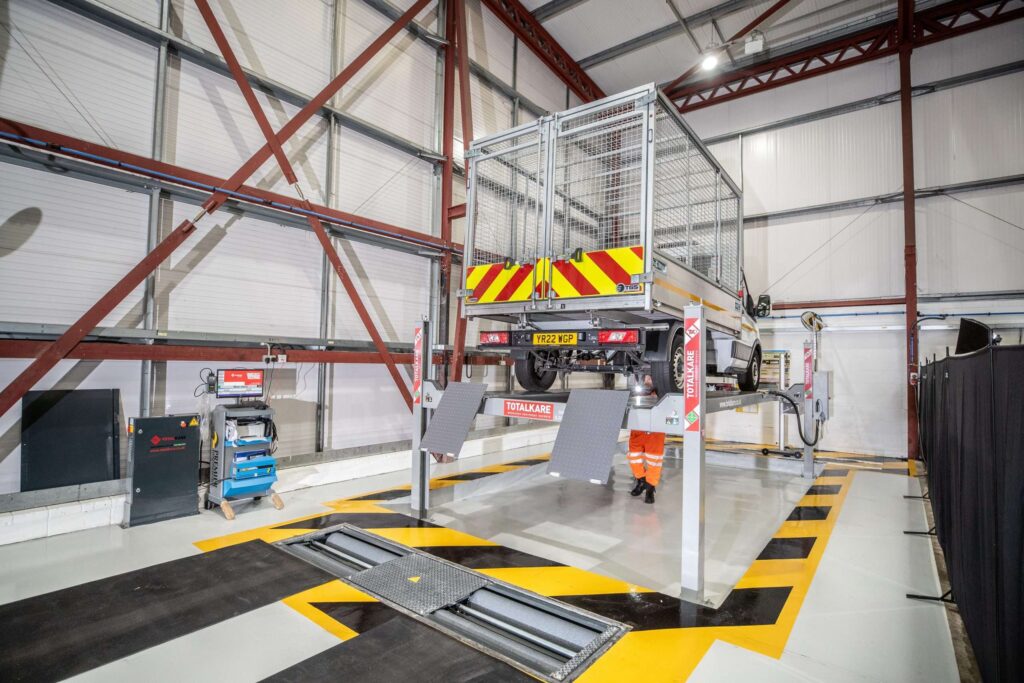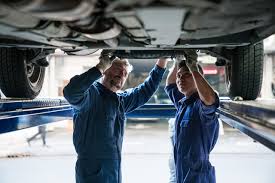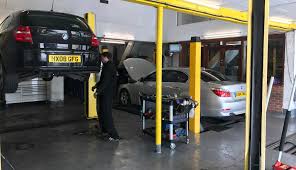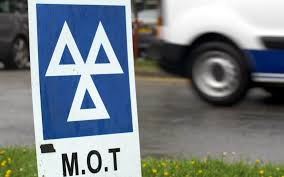MOT-only stations specialize exclusively in vehicle testing without offering repair services, creating a unique business model with distinct insurance requirements. These focused operations require specialized coverage that addresses the specific risks of testing-only facilities while recognizing their streamlined operations and different liability exposures compared to combined garage and testing businesses.
Understanding MOT-Only Station Operations
MOT-only stations operate as dedicated vehicle testing facilities that focus exclusively on MOT certification without providing repair or maintenance services. This specialized approach creates a distinct business model with unique operational characteristics, risk profiles, and insurance requirements that differ significantly from traditional garages offering combined services.
Key characteristics of MOT-only operations include:
- Exclusive focus on MOT testing and certification
- No repair or maintenance services offered
- Streamlined operations with testing-specific equipment
- Higher volume testing with faster turnaround times
- Limited customer vehicle handling and storage
- Specialized staff focused purely on testing procedures
- Different liability exposures compared to repair facilities
Essential Insurance Coverage for MOT-Only Stations
Professional Indemnity Insurance
MOT-only stations carry significant professional responsibility for accurate testing and certification decisions. Professional indemnity coverage is crucial for protecting against claims arising from testing errors, missed defects, or incorrect pass/fail decisions that could affect vehicle safety or customer interests.
Public Liability Insurance
While MOT-only stations have limited customer vehicle handling, they still face public liability risks from customers on premises, vehicle movement during testing, and potential accidents during the testing process. Coverage should reflect the specific risks of testing-only operations.
Commercial Property Insurance
Testing equipment represents a significant investment for MOT-only stations. Property coverage should protect testing apparatus, facility improvements, and business equipment while reflecting the specialized nature of testing-only operations.
Business Interruption Insurance
MOT-only stations depend entirely on testing operations for revenue. Business interruption coverage should address the impact of equipment failures, regulatory compliance issues, or other disruptions that prevent testing operations.
Unique Risk Profile of Testing-Only Operations
Reduced Repair-Related Risks
MOT-only stations benefit from reduced exposure to many risks associated with repair operations:
- No liability for repair work quality or warranty issues
- Limited handling of customer vehicle components
- Reduced fire risks from welding or hot work
- Lower inventory risks from parts and materials
- Simplified waste management requirements
- Reduced tool and equipment theft exposure
Concentrated Testing Risks
However, MOT-only stations face concentrated risks related to their core testing function, including higher volumes of testing decisions, increased regulatory scrutiny, and greater dependence on testing accuracy and compliance.
Customer Expectation Management
Testing-only operations must clearly communicate their service limitations to customers, creating potential risks from misunderstandings about service scope and customer expectations for additional services.
Professional Testing Responsibilities
Testing Accuracy and Liability
MOT-only stations carry full professional responsibility for testing accuracy without the ability to address identified defects through repair services. Key liability areas include:
- Missed safety-critical defects during testing
- Incorrect pass decisions on defective vehicles
- Inappropriate fail decisions on compliant vehicles
- Inadequate testing procedures or shortcuts
- Documentation errors or omissions
- Failure to identify dangerous defects
Regulatory Compliance Focus
With testing as their sole function, MOT-only stations face intense regulatory focus and must maintain the highest standards of compliance with DVSA requirements and testing procedures.
Professional Development and Training
Testing-only operations require ongoing investment in staff training and professional development to maintain testing competency and regulatory compliance.
High-Volume Testing Operations
Increased Testing Throughput
MOT-only stations typically process higher volumes of tests than combined operations, creating unique operational pressures:
- Time pressures affecting testing thoroughness
- Higher staff workloads and potential fatigue
- Increased equipment wear and maintenance needs
- Greater exposure to testing errors through volume
- Enhanced customer service challenges during peak periods
Quality Control Systems
High-volume operations require robust quality control systems to maintain testing standards and prevent errors that could result in liability claims or regulatory action.
Appointment Scheduling and Customer Flow
Efficient scheduling and customer flow management are crucial for MOT-only stations to maintain service quality while maximizing throughput.
Equipment and Technology Dependencies
Critical Testing Equipment
MOT-only stations depend entirely on their testing equipment for revenue generation. Key equipment includes:
- Vehicle lifts and inspection equipment
- Brake testing and analysis systems
- Headlight testing and alignment equipment
- Emissions testing apparatus
- Suspension and steering testing systems
- MOT testing software and computer systems
Equipment Breakdown Impact
Equipment failures can completely stop testing operations, making equipment breakdown coverage and rapid repair services essential for business continuity.
Technology Integration
Modern MOT testing relies heavily on integrated computer systems for test recording, DVSA communication, and compliance management. Technology failures can severely impact operations.
Customer Relationship Management
Limited Service Scope Communication
MOT-only stations must clearly communicate their service limitations to avoid customer misunderstandings:
- Clear signage about testing-only services
- Staff training on explaining service limitations
- Referral systems for customers needing repairs
- Managing customer expectations about test outcomes
- Handling customer disappointment with fail results
Referral Partnerships
Many MOT-only stations develop referral relationships with local garages and repair facilities to provide customers with repair options while maintaining their testing-only focus.
Customer Education
Educating customers about the MOT testing process and requirements helps manage expectations and reduce disputes about test results.
Cost Management and Risk Reduction Strategies
Proactive Risk Management
Implementing comprehensive risk management can help reduce insurance costs and improve operations:
- Regular safety audits and risk assessments
- Comprehensive staff training and development programs
- Preventive maintenance for testing equipment
- Quality control systems and procedures
- Customer service excellence programs
- Regulatory compliance monitoring systems
Equipment Maintenance Programs
Proactive equipment maintenance reduces breakdown risks and ensures consistent testing quality, potentially reducing insurance claims and costs.
Staff Training Investment
Comprehensive staff training improves testing quality, reduces errors, and demonstrates commitment to professional standards that may be recognized in insurance pricing.
Choosing Specialized MOT-Only Insurance
When selecting insurance for your MOT-only station, look for providers who offer:
- Understanding of testing-only operations and risks
- Professional indemnity coverage tailored to MOT testing
- Recognition of reduced repair-related risks
- Business interruption coverage for testing operations
- Equipment breakdown and technology failure coverage
- Competitive pricing reflecting focused operations
- Claims expertise in MOT testing scenarios
- Risk management support and guidance


 0330 127 2333
0330 127 2333
